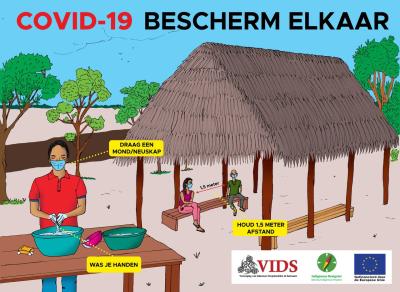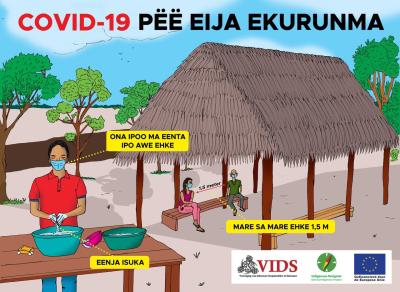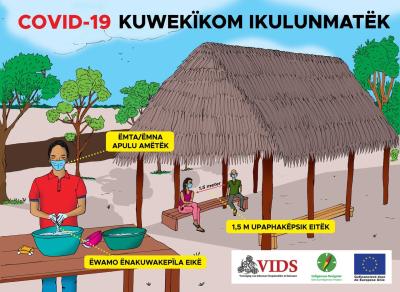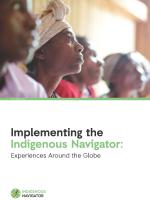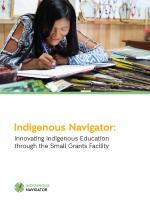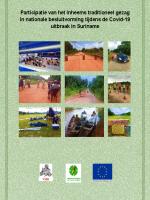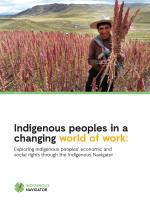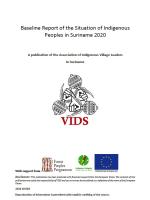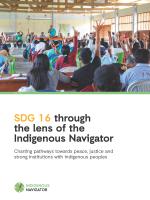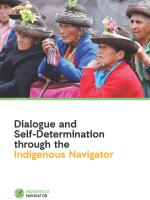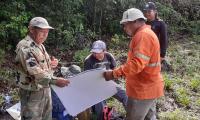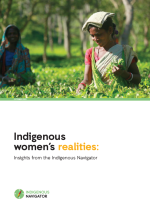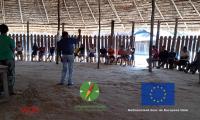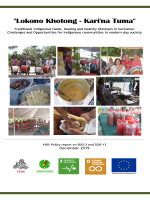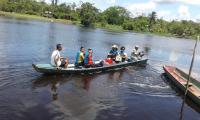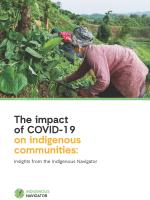Suriname
The Indigenous peoples of Suriname number approximately 20,344 people, or 3.8% of the total population of 541,6381 (census 2012). The four most numerous Indigenous peoples are the Kali’ña (Caribs), Lokono (Arawaks), Trio (Tirio, Tareno) and Wayana. In addition, there are small settlements of other Amazonian Indigenous peoples in the south of Suriname, including the Akurio, Apalai, Wai-Wai, Katuena/Tunayana, Mawayana, Pireuyana, Sikiiyana, Okomoyana, Alamayana, Maraso, Sirewu and Sakëta.
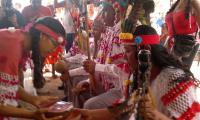
The Kali’ña and Lokono live mainly in the northern part of the country and are sometimes referred to as “lowland” Indigenous peoples, whereas the Trio, Wayana and other Amazonian peoples live in the south and are referred to as “highland” peoples.
Suriname is one of the few countries in South America that has not ratified ILO Convention 169. It did vote in favour of adopting the UN Declaration on the Rights of Indigenous Peoples in 2007 but the legislative system of Suriname, based on colonial legislation, does not recognize Indigenous or tribal peoples, and Suriname has no legislation governing Indigenous peoples’ land or other rights.
This forms a major threat to the survival and well-being of Indigenous and tribal peoples, along with respect for their rights, particularly given the strong focus that is being placed on Suriname’s many natural resources (including oil, bauxite, gold, water, forests and biodiversity).
Local guidance on COVID-19:
